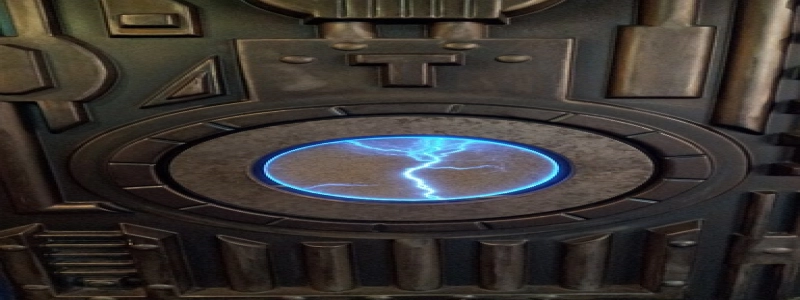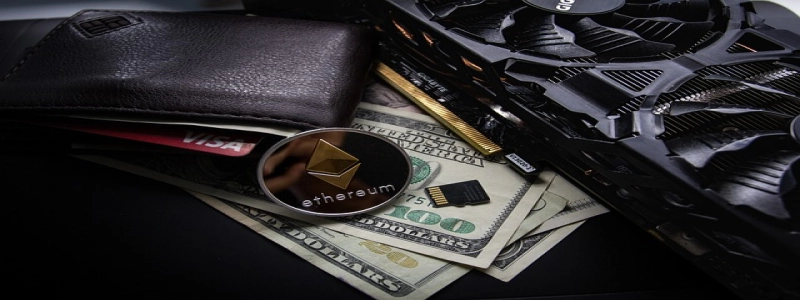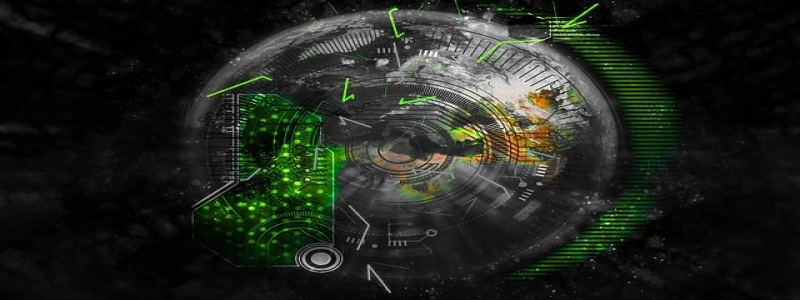一级标题: Fiber Optic Connectors Types Chart
二级标题: Introduction
内容:
Fiber optic connectors are an essential component of optical fiber communication systems. They provide a means to connect optical fibers together, allowing for the transmission of data and signals. There are several types of fiber optic connectors available, each with its own unique characteristics and applications. In this article, we will explore the different types of fiber optic connectors and their specifications.
二级标题: Types of Fiber Optic Connectors
内容:
1. SC (Subscriber Connector):
The SC connector is one of the most commonly used connectors in fiber optic networks. It features a push-pull locking mechanism, which provides quick and secure connections. The SC connector is ideal for single-mode and multimode applications and can be easily terminated with epoxy or adhesive. It has a ceramic ferrule and is known for its low insertion loss and high return loss.
2. LC (Lucent Connector):
The LC connector is a small form factor connector that is widely used in high-density applications. It utilizes a 1.25 mm ceramic ferrule, which allows for a higher number of connections in a limited space. The LC connector is suitable for both single-mode and multimode fibers and offers excellent performance in terms of insertion loss and return loss.
3. ST (Straight Tip):
The ST connector is a bayonet-style connector commonly used in premises and campus networks. It has a cylindrical ferrule with a keying mechanism that ensures proper alignment during the connection process. The ST connector is mostly used with multimode fibers and offers good performance in terms of insertion loss and return loss.
4. FC (Ferrule Connector):
The FC connector is a screw-on connector that provides a sturdy and reliable connection. It features a metal housing and a ceramic ferrule, which ensures high precision alignment. The FC connector is often used in laboratory and test environments, as well as in single-mode fiber applications. It offers low insertion loss and high return loss.
5. MPO/MTP (Multi-Fiber Push-On/Pull-Off):
The MPO/MTP connector is a multi-fiber connector that allows for the simultaneous connection of multiple fibers. It is commonly used in high-density applications and provides high-speed data transmission. The MPO/MTP connector is available in various configurations, including 12, 24, and 48 fibers.
二级标题: Comparison Chart
内容:
To provide a clearer understanding of the different types of fiber optic connectors, the following comparison chart summarizes their key characteristics:
Connector Type | Applications | Ferrule Size | Alignment | Insertion Loss | Return Loss
SC | Single-mode, multimode | Ceramic | Push-pull | Low | High
LC | Single-mode, multimode | Ceramic | Push-pull | Low | High
ST | Multimode | Ceramic | Bayonet | Moderate | Moderate
FC | Single-mode | Ceramic | Screw-on | Low | High
MPO/MTP | Single-mode, multimode | MT-based | Push-on/pull-off | Moderate | Moderate
By referring to this chart, users can easily identify the suitable connector for their specific applications based on the desired performance metrics.
二级标题: Conclusion
内容:
Fiber optic connectors are crucial for establishing reliable connections in optical fiber communication systems. Understanding the different types of connectors and their specifications is essential to ensure optimal performance. This article has provided an overview of the most commonly used fiber optic connectors, including SC, LC, ST, FC, and MPO/MTP connectors, along with their key characteristics. By referring to the comparison chart, users can make informed decisions when selecting the appropriate connector for their specific needs.








